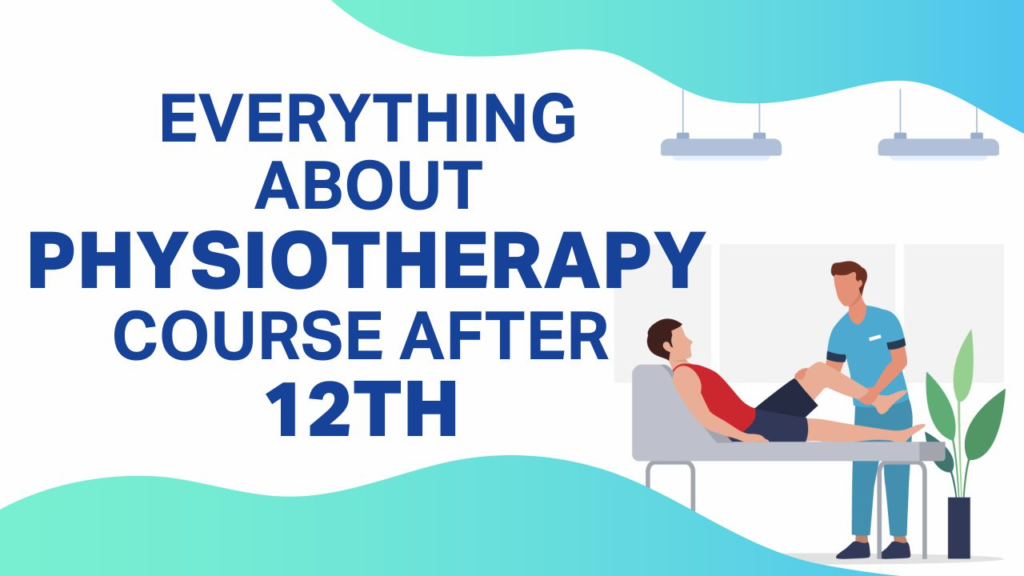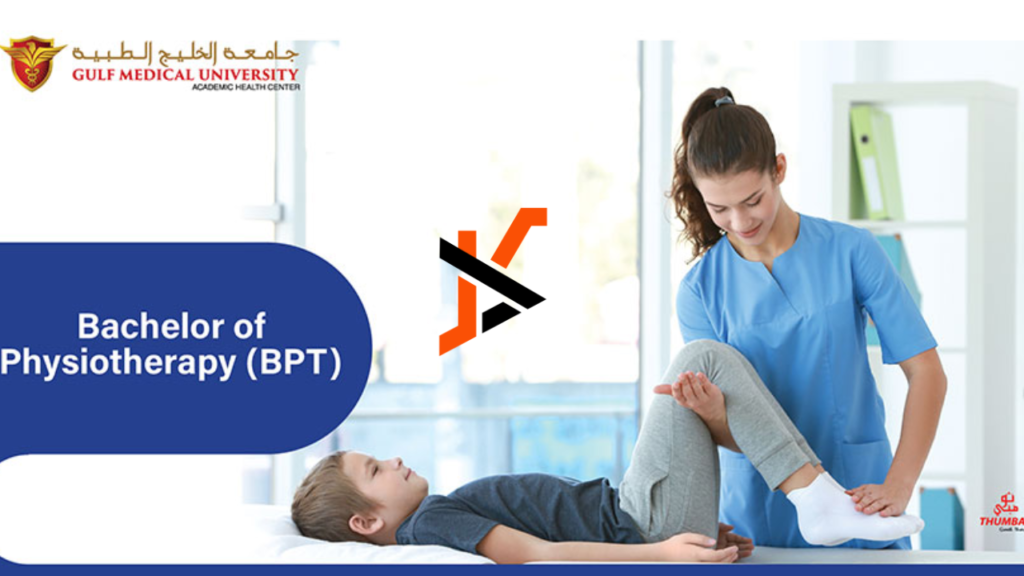Trauma can leave deep emotional wounds, affecting your thoughts, feelings, and daily life. Many people struggle with its impact, feeling stuck in pain and distress. Fortunately, BPT (Body Psychotherapy) offers a unique and effective way to heal. Unlike traditional talk therapy, BPT focuses on the connection between the body and mind, helping individuals process trauma through movement, breathwork, and awareness. If you’re struggling with past trauma, understanding how BPT works can be the first step toward healing.
What Is BPT and How Does It Help with Trauma?
Body Psychotherapy (BPT) is a holistic approach to healing that recognizes how trauma is stored in both the mind and body. Traditional therapy often focuses on thoughts and emotions, but BPT goes deeper by addressing the physical sensations and responses caused by trauma. When you experience a traumatic event, your body reacts instinctively—through muscle tension, irregular breathing, or even physical pain. These reactions can linger long after the event is over, making it difficult to move forward.
BPT helps individuals release stored trauma by using techniques like breathwork, movement therapy, grounding exercises, and somatic awareness. This process allows people to reconnect with their bodies, process past experiences, and regain a sense of control. Unlike conventional therapies that rely solely on conversation, BPT engages both the body and mind, making it highly effective for trauma recovery.
Signs That Trauma Is Affecting You
Trauma doesn’t always present itself in obvious ways. Many people experience symptoms without realizing they are connected to past traumatic events. Some common signs include:
- Persistent anxiety, fear, or nervousness
- Difficulty concentrating or feeling mentally overwhelmed
- Unexplained physical pain, such as headaches or muscle tension
- Avoiding certain people, places, or situations
- Struggling with trust or emotional intimacy
- Frequent mood swings or intense emotional reactions
If you experience these symptoms, it’s essential to acknowledge them. Recognizing how trauma affects you is the first step toward healing.
Emotional Signs of Trauma
Trauma affects emotions in complex ways. Some people may feel numb or disconnected, while others experience overwhelming emotions. Common emotional signs include:

- Fear and Anxiety: Feeling constantly on edge or expecting danger
- Depression: A deep sense of sadness, hopelessness, or lack of motivation
- Irritability and Anger: Becoming easily frustrated or having sudden emotional outbursts
- Guilt and Shame: Feeling responsible for the trauma, even when it wasn’t your fault
- Emotional Numbness: Struggling to feel joy, love, or excitement
Physical Signs of Trauma
Trauma doesn’t just affect the mind—it also has physical effects on the body. Some signs include:
- Chronic pain or muscle tightness
- Digestive issues (stomach pain, nausea, irritable bowel syndrome)
- Rapid heartbeat or shortness of breath
- Frequent headaches or migraines
- Insomnia or constant fatigue
These symptoms occur because trauma activates the body’s fight-or-flight response, keeping the nervous system in a heightened state of stress. BPT helps by calming the nervous system and releasing tension stored in the body.
How Trauma Affects Relationships
Unresolved trauma can make it difficult to maintain healthy relationships. You may struggle with trust, communication, or emotional closeness. Some ways trauma impacts relationships include:
- Fear of Abandonment: Constantly worrying that loved ones will leave
- Emotional Detachment: Feeling distant or disconnected from others
- Conflict and Misunderstandings: Reacting defensively or shutting down during disagreements
- Difficulty Setting Boundaries: Allowing others to cross personal limits due to fear of rejection
Healing through BPT can help you rebuild trust, improve communication, and develop healthier relationships.
How BPT Works for Trauma Recovery
BPT is based on the idea that trauma is stored in the body and must be processed physically, not just mentally. Here’s how BPT helps with trauma recovery:
- Body Awareness: Learning to recognize physical sensations related to trauma
- Breathwork and Movement Therapy: Using breathing exercises and movement to release stored trauma
- Grounding Techniques: Practicing mindfulness to feel safe in the present moment
- Expressive Therapies: Using dance, art, or guided movement to process emotions
These techniques allow individuals to release deep-seated trauma, leading to emotional and physical healing.
Steps to Start BPT for Trauma
If you’re interested in BPT, here’s how to get started:
- Find a Certified BPT Practitioner – Look for a therapist trained in body psychotherapy techniques.
- Schedule an Initial Consultation – Discuss your trauma history and therapy goals.
- Begin with Body Awareness Exercises – Practice mindfulness and breathing techniques.
- Engage in Somatic Therapy Techniques – Work through trauma using movement and grounding exercises.
- Commit to Regular Sessions – Healing takes time, so consistency is key.
By following these steps, you can begin your journey toward recovery.
BPT vs. Other Trauma Therapies: What’s the Difference?
There are several approaches to trauma therapy, but BPT offers unique advantages. Unlike traditional talk therapy, BPT focuses on the body’s response to trauma rather than just thoughts and emotions. Let’s compare BPT with other trauma therapies:

BPT vs. CBT (Cognitive Behavioral Therapy)
- CBT focuses on changing negative thought patterns that contribute to emotional distress.
- BPT focuses on bodily sensations and physical responses to trauma.
- CBT is talk-based, whereas BPT involves movement and somatic exercises.
- CBT is structured and goal-oriented, while BPT is more experiential and body-focused.
Both therapies can be helpful, but BPT is especially effective for those who struggle to express trauma verbally.
BPT vs. EMDR (Eye Movement Desensitization and Reprocessing)
- EMDR uses guided eye movements to help process traumatic memories.
- BPT uses body awareness and movement therapy to release trauma.
- EMDR is focused on reprocessing traumatic memories, while BPT helps regulate the nervous system and reduce physical symptoms.
How Long Does BPT Take to Work?
Healing from trauma is a personal journey, and the timeline varies for each person. Some people notice improvements after a few sessions, while others may need months or years to fully heal. Factors that affect the duration include:
- Severity of Trauma: More complex trauma may take longer to process.
- Consistency in Therapy: Regular sessions lead to faster progress.
- Personal Readiness: Healing happens when you’re mentally and emotionally prepared.
While BPT isn’t a quick fix, it provides long-term relief by addressing trauma at its root.
BPT vs. CBT (Cognitive Behavioral Therapy)
Although both therapies help with trauma, their approaches are different:
- CBT: Focuses on thoughts and behaviors.
- BPT: Focuses on body-mind connection.
- CBT: Uses structured worksheets and cognitive exercises.
- BPT: Uses movement, breathwork, and somatic awareness.
If traditional talk therapy hasn’t worked for you, BPT may be a better alternative for healing trauma.
Thoughts: Healing Is Possible
Recovering from trauma can feel overwhelming, but healing is always possible. BPT offers a gentle and effective approach to releasing trauma stored in the body. By reconnecting with yourself physically and emotionally, you can regain control, build resilience, and move forward with confidence. No matter how deep the wounds, your past does not define your future.
The Bottom Line
BPT is a powerful therapy for trauma recovery, offering a unique body-mind approach. Unlike traditional talk therapy, BPT helps individuals process trauma through breathwork, movement, and somatic awareness. If you’re struggling with trauma, exploring BPT could be the key to finding peace and healing. Remember, you deserve to heal, and BPT can guide you on that journey.

